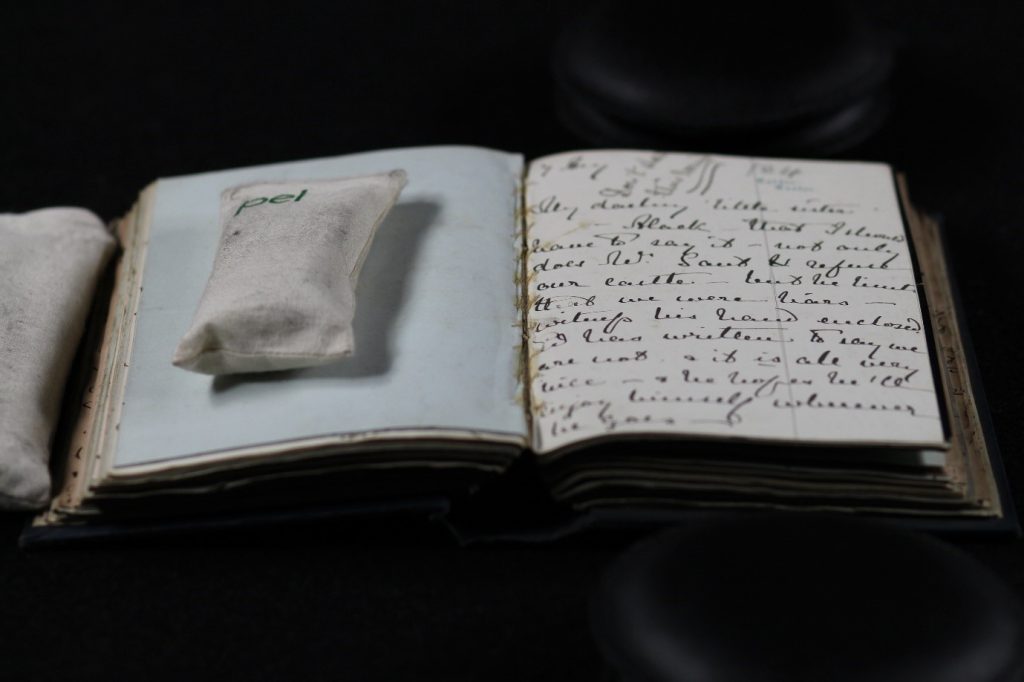Hi, I’m Isabel, a second-year history student and intern at the Digital Humanities Lab.
I have been interested in the Digital Humanities Lab since my first open day before coming to Exeter. What inspired me was the idea that modern technology could expand our understanding of history and build on our current knowledge of the past in brand new ways. I wanted to find out what the Lab had to offer and what opportunities might be out there in the changing world of historical research.
The biggest project I’ve been a part of this year has been working with the Disability Namibia Team (@NoBODYexcluded). I’ve led, recorded and edited interviews, ran website design and supported the social media outreach of this wonderful project which aims to build a network of disability activists, scholars, clergy, artists and political representatives to explore religio-cultural narratives of embodiment and disability in Namibia. It’s been wonderful to be a part of such a multidisciplinary project and something I would never have been able to do as an undergraduate outside of the internship.
Alongside this has been my work with Dr Charlotte Tupman, Research Fellow in Digital Humanities. The project has mainly focused on exploring the OCR – Optical Character Recognition – capabilities of the ABBYY FineReader software when it is presented with a book’s text and measuring its abilities to transform early modern script into computer-readable XML format. My favourite aspect of working on this project has been its investigative nature, finding out how best to use this technology and what might soon be possible as the project advances.
Other than this, my favourite parts have been working with special collections and with the Lab’s 3D printer. As an intern, I had the opportunity to learn the ins and outs of working with historical collections, including how to handle things such as books, pamphlets, lantern slides, and photo negatives and I loved that I could learn skills I could take away with me into a future in humanities.
The 3D printer has been a brilliant opportunity to discover my creative capabilities at the DH Lab. Working with the Ultimaker 3D printer, I was able to make two small and adorable models that made great Christmas gifts for friends and family! The first of these was the goose. Initially, the software was uncertain whether it could print something with such an overhang at the neck when there were no materials available for making a temporary support. But, I was able to adapt settings and re-scale where necessary until I could print the goose I have today. The second was this puppy. By this time, I could use what I had learnt from my experience making the goose to confidently scale and print the puppy ready to make a gift at Christmas. So, not only do I know how to set up a 3D printer, operate the software and print anything I’d like, but I now have these two little pets to call my own!
My tips for anyone considering an internship at the Digital Humanities Lab would first be: apply! It’s a brilliant opportunity and a great place to work. This internship has given me an opportunity for a wealth of experience and knowledge unique to the Digital Humanities Lab here at Exeter.



